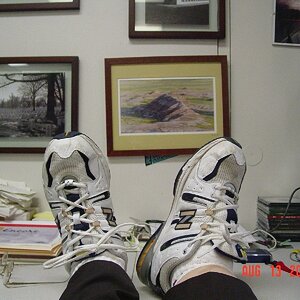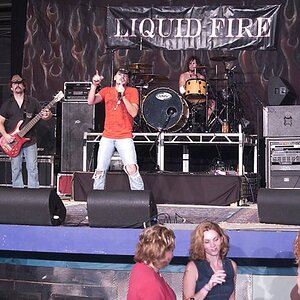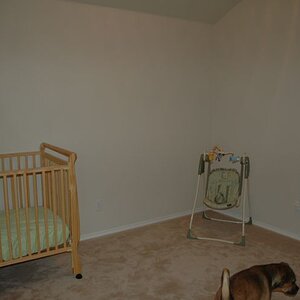Gavjenks
TPF Noob!
- Joined
- May 9, 2013
- Messages
- 2,976
- Reaction score
- 588
- Location
- Iowa City, IA
- Can others edit my Photos
- Photos OK to edit
Remember above where I mentioned a STANDARD sRGB? Guess what... that is the INTERNET standard... so most of the silly toys you mention will work with it!
What are you talking about? Yes, sRGB is the internet standard for data format. That has nothing to do with this conversation. Robin and I are both already (probably, I know I am) using sRGB. So what? Using sRGB is an important first step, but it itself is not calibration. You have to also go further and adjust the white balance and gamma, etc. of your monitor to match that of the intended display device/format to be fully calibrated, in addition to having compatible data formats.
This thread is about the white balance and gamma, etc., not the sRGB, which should generally be assumed unless stated otherwise since it is the default setting on pretty much everything.


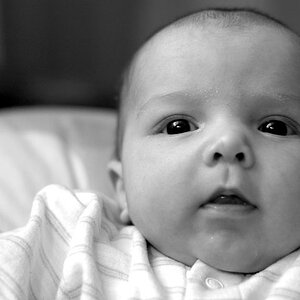
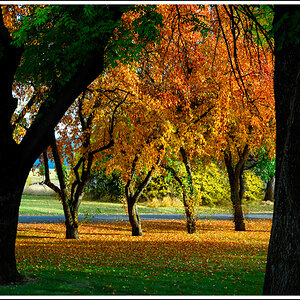
![[No title]](/data/xfmg/thumbnail/33/33343-857a08c1327857172779bfe49f06f638.jpg?1619735911)
![[No title]](/data/xfmg/thumbnail/39/39439-d0a6beaaf39993860b74ccbd81fdd122.jpg?1619739032)
![[No title]](/data/xfmg/thumbnail/40/40311-715dda8167abb793178d6abf7e8136fe.jpg?1619739414)
